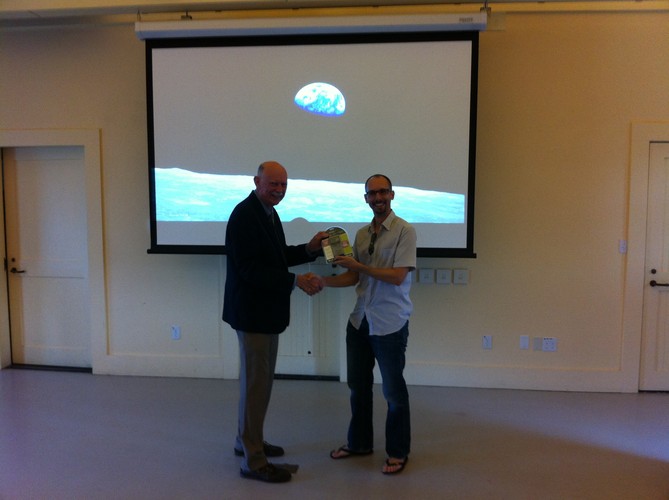The Wrack
The Wrack is the Wells Reserve blog, our collective logbook on the web.
The Wrack is the Wells Reserve blog, our collective logbook on the web.
Climate Reality Project's Allen Armstrong visited the Reserve last night to deliver an information-packed presentation for our Climate Stewards Lecture Series. Eight years after Al Gore's award-winning An Inconvenient Truth, Allen provided an updated version of the movie's slideshow. Among the many facts he shared:

Many thanks to Allen Armstrong for his thought-provoking presentation! The next Climate Stewards Evening Lecture, Tar Sands Invasion, will be held in the Mather Auditorium on Wednesday, August 6 from 6-7:30pm. Funding for these programs is generously provided through the NOAA Climate Stewards Education Project.